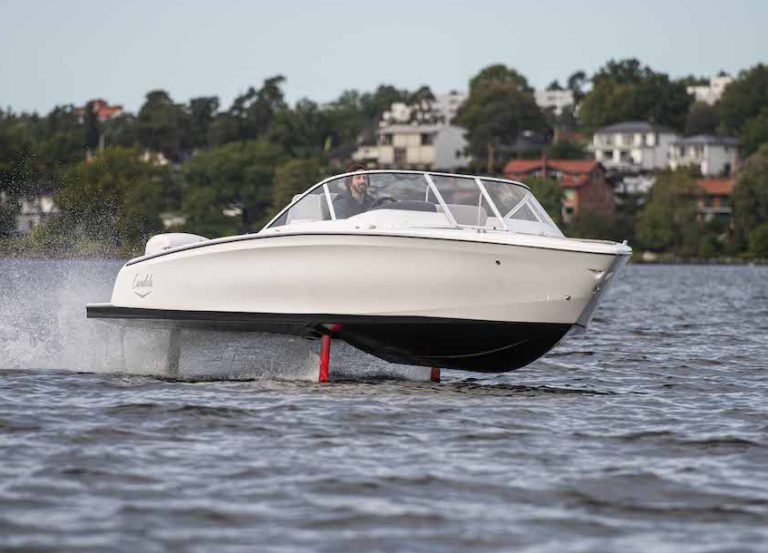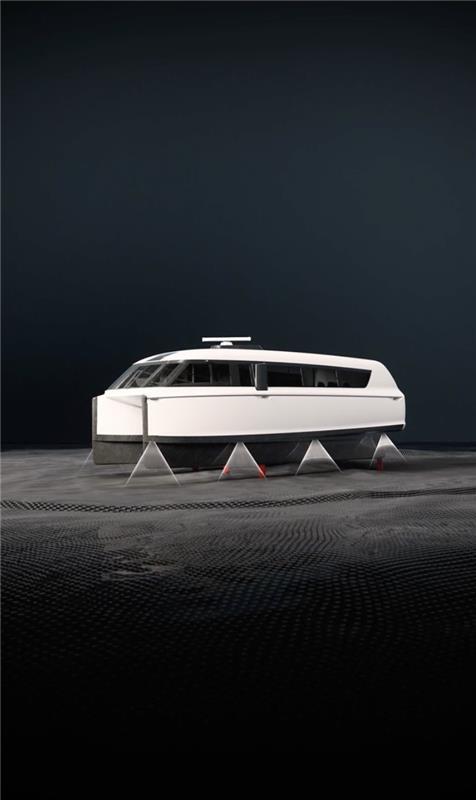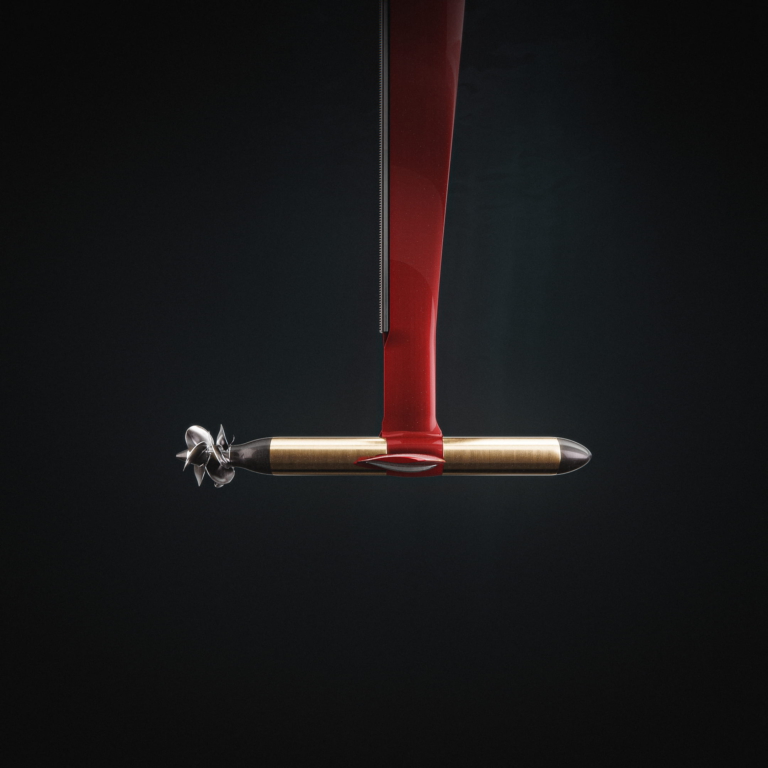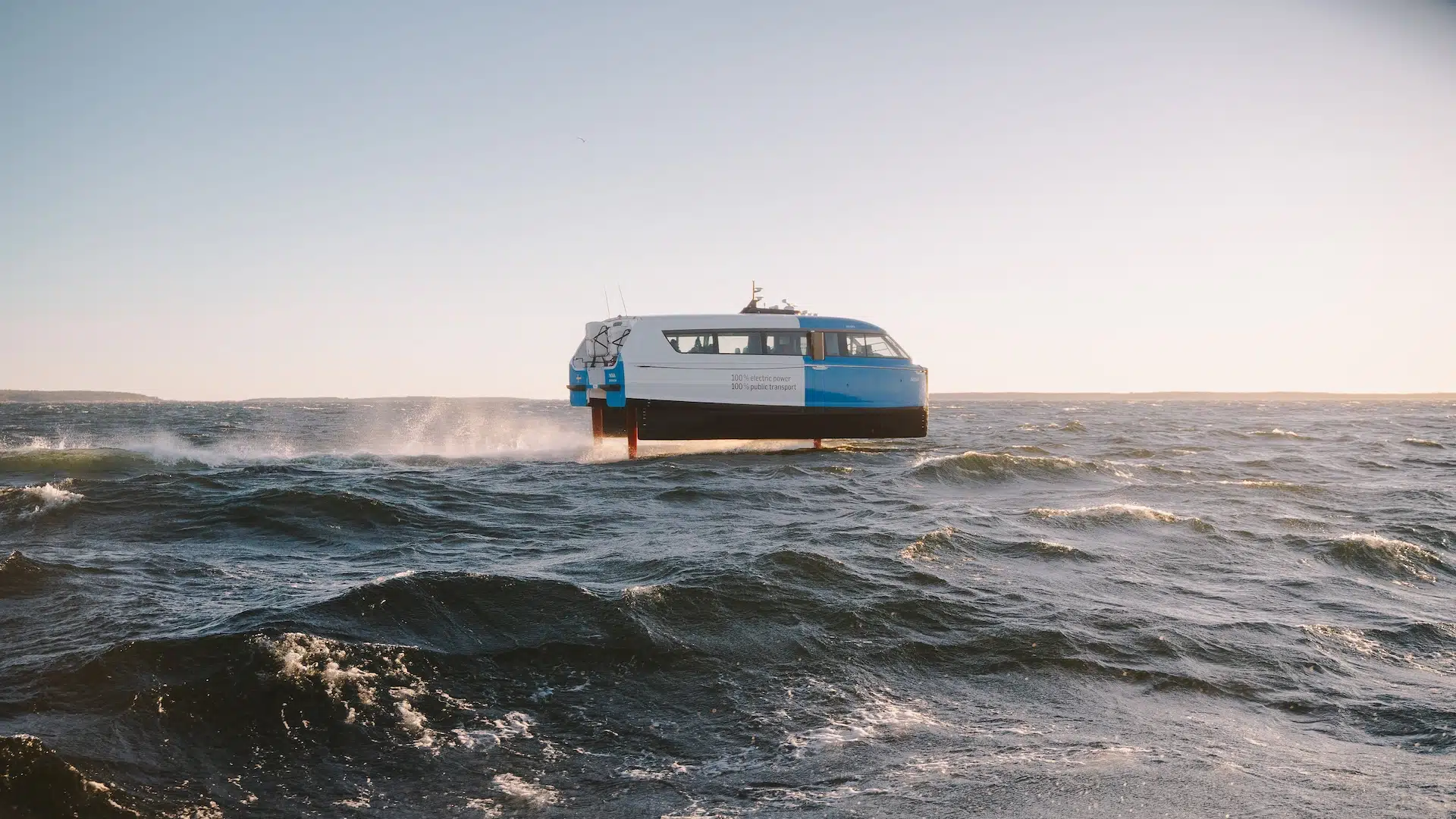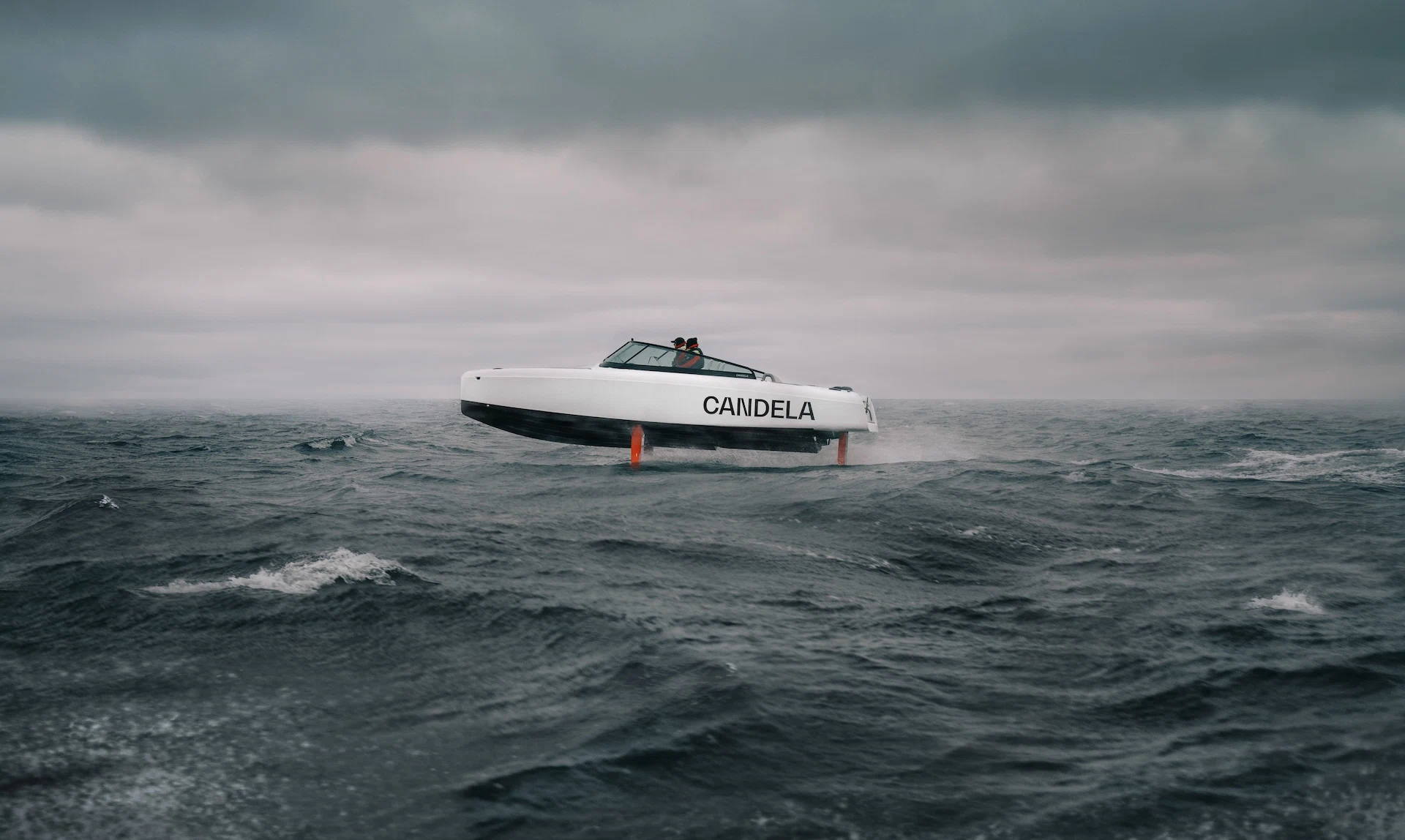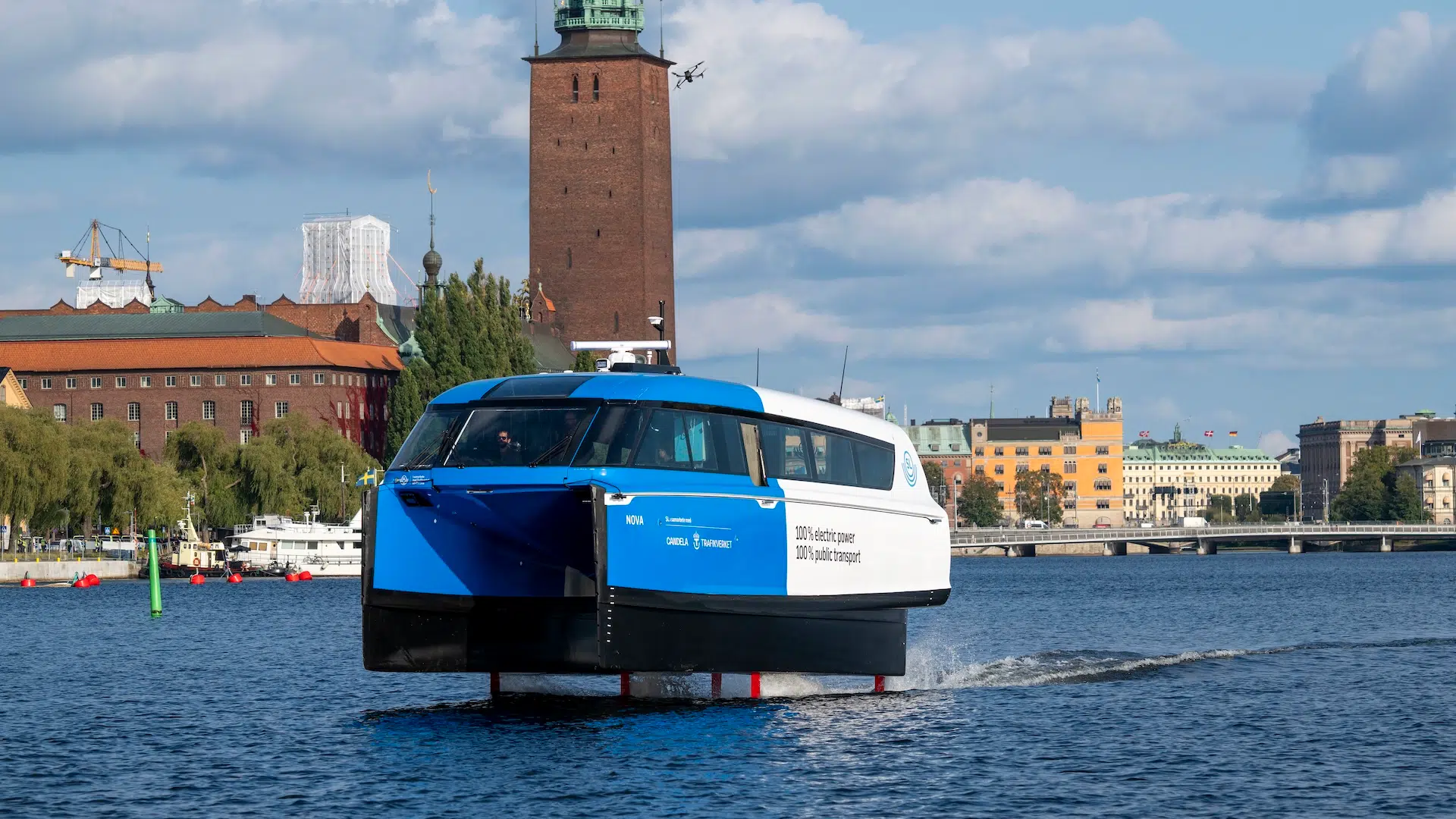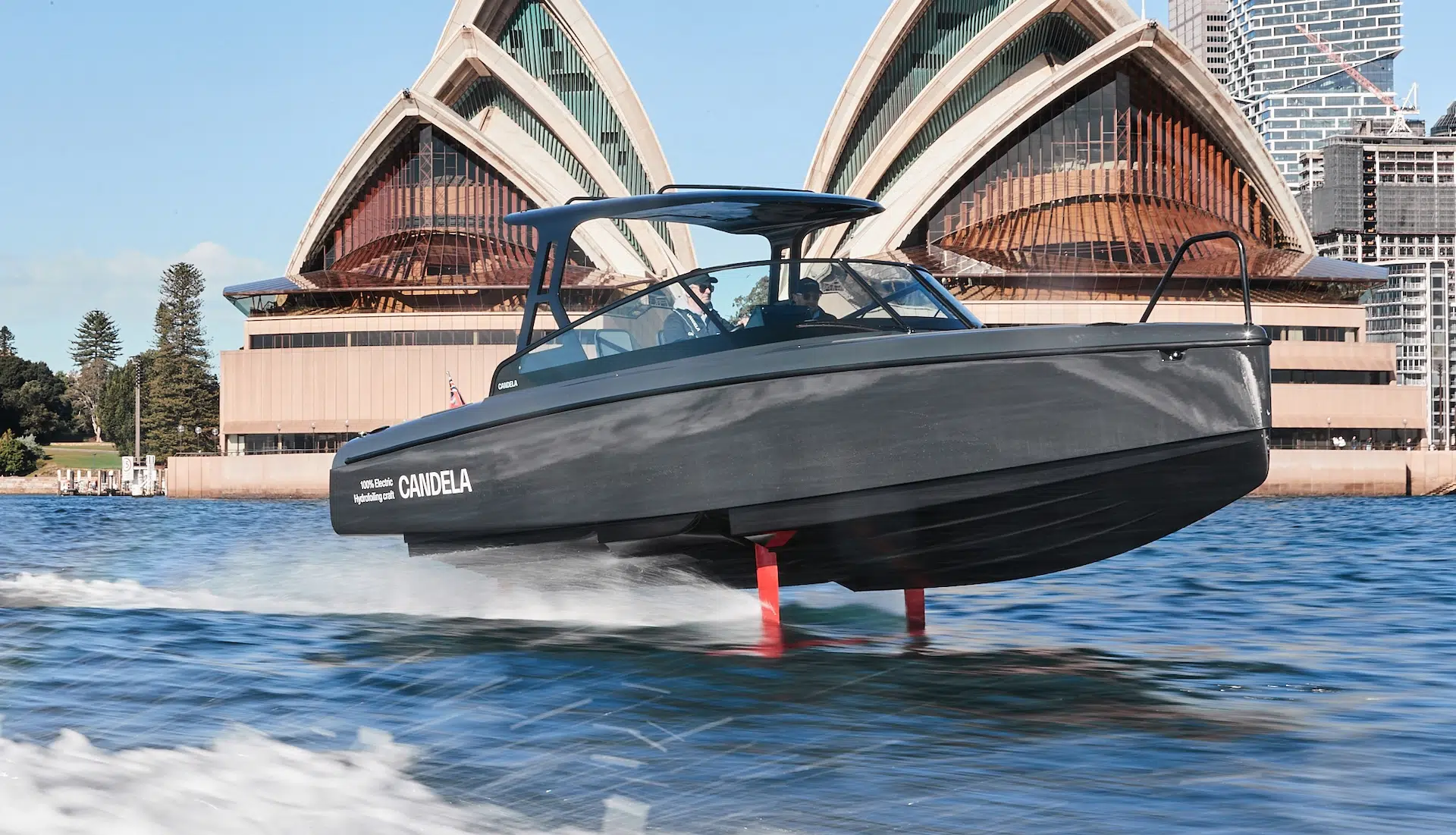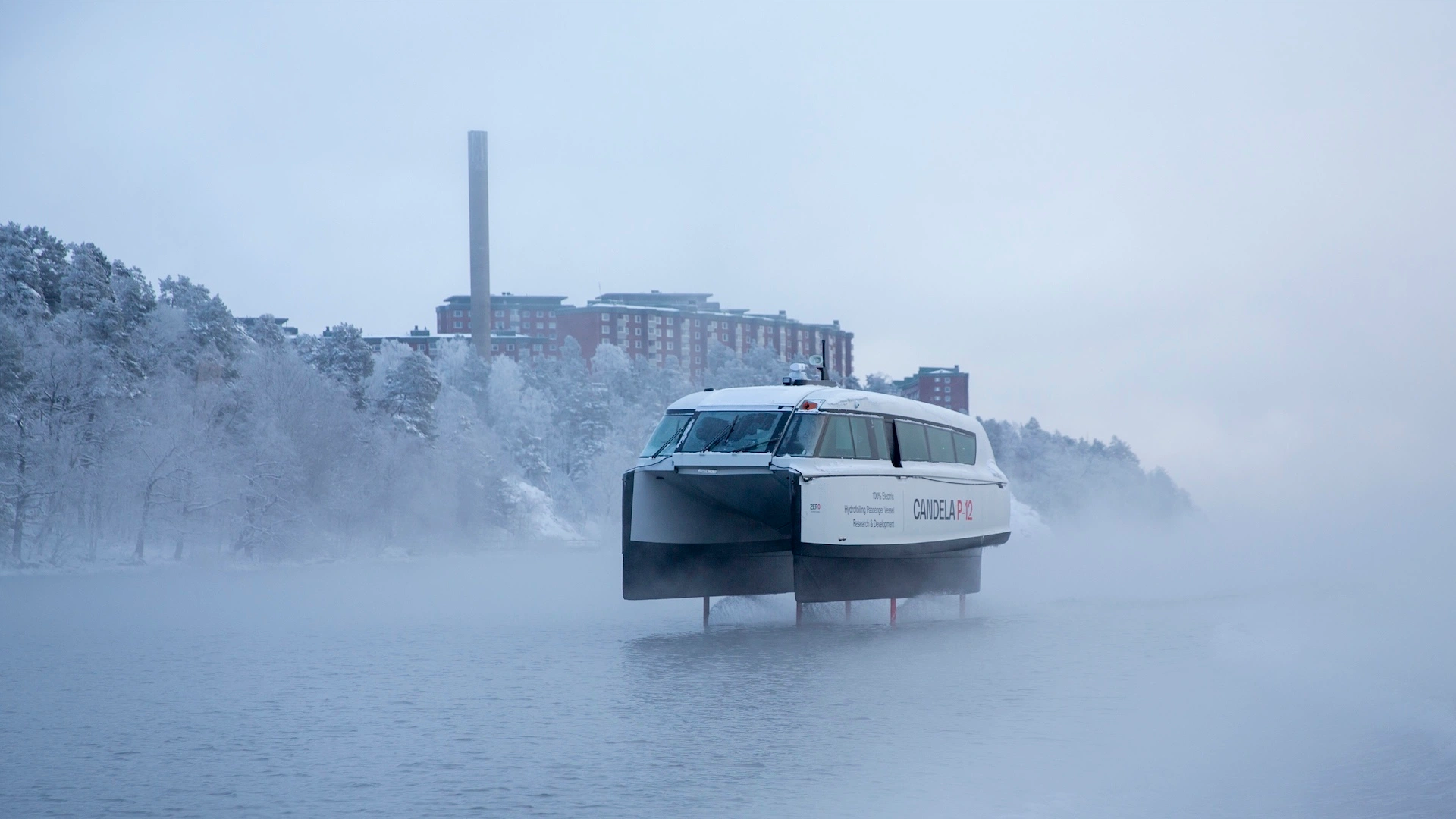How do hydrofoil boats achieve lift?
They create lift through underwater wings that produce lift as the vessel speeds up, elevating the hull and minimizing drag.
Are hydrofoil boats stable in rough waters?
Yes, modern active hydrofoil vessels incorporate features like gyrostabilizers, which enhance stability for a smoother ride.
How does speed affect hydrofoil boat stability?
Keeping an optimal speed is essential as it boosts lift and minimizes wave impact, but going too fast can compromise stability. Finding the right balance in speed is key.
What safety gear is recommended for hydrofoiling in rough waters?
It depends a lot on the type of hydrofoils you’re planning on using. Essential gear includes life jackets, communication devices, and GPS trackers for increased safety. Smaller vessels—like jet skis, surfboards, or racing sailboats—require higher-grade safety gear, including helmets and quick-release systems.
What future innovations are expected in hydrofoil design?
Innovations like CFD simulations aim to improve hydrofoil vessels’ efficiency and performance in challenging conditions.
How do hydrofoil craft maintain stability at different speeds?
They can adjust their foil angle and lift dynamically based on speed and wave conditions. At lower speeds, they decrease lift to maintain stability close to the water’s surface, while at higher speeds, they generate more lift to elevate the hull above the waves, reducing impact and drag.
Can hydrofoil boats operate in extreme weather?
Although hydrofoil boats are built to navigate rougher seas, extreme weather, like storms with high winds and large waves, can restrict their operation. Many coastal routes have operational limits during severe conditions to ensure passenger safety. However, in moderate turbulence, these vessels can remain stable thanks to adaptive systems that manage lift and balance.
Are hydrofoil boats more efficient than traditional boats in rough seas?
Yes, they are more efficient since their hulls are lifted above the water, significantly cutting down drag. This design allows them to achieve higher speeds with less consumption, even in choppy waters. In contrast, traditional boats encounter greater resistance from waves, which slows them down and increases energy use.
Is it safe to use hydrofoil vessels for coastal commuting in rough water?
Hydrofoil boats come with sophisticated safety and stabilization features, such as active suspension and gyrostabilizers, which make them safe for coastal travel in moderately rough waters. They are especially useful in coastal regions where wave and wind conditions can change frequently, especially as some systems automatically adjust to these variations, ensuring a stable and comfortable experience for passengers.
How do foil boats compare to catamarans in rough water?
While catamarans offer good stability due to their twin-hull design, foil boats have the unique advantage of rising above the water, which decreases drag and enhances smoothness even further. They can reach higher speeds with less disturbance from waves, providing a more comfortable ride in choppy conditions compared to most traditional twin-hull boats.
What are the environmental benefits of hydrofoil boats in rough waters?
Hydrofoil boats bring significant environmental advantages, especially in rough waters where conventional vessels use a lot of energy to push through waves. By rising above the water’s surface, hydrofoil craft can cut drag by up to 80%, leading to lower fuel consumption for powered models and longer battery life for electric versions. This efficiency can lead to reduced emissions, making hydrofoils a more sustainable choice for coastal transport routes. Consequently, hydrofoil ferries are not only fast and offer longer range but also environmentally friendly, supporting global initiatives to reduce the carbon footprint of marine transportation.
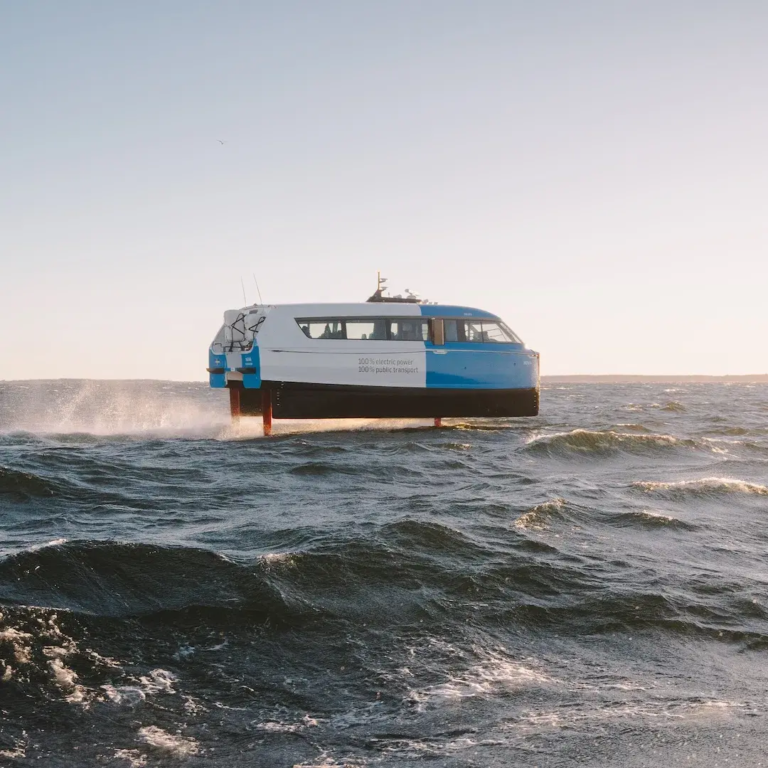 Overview
Overview 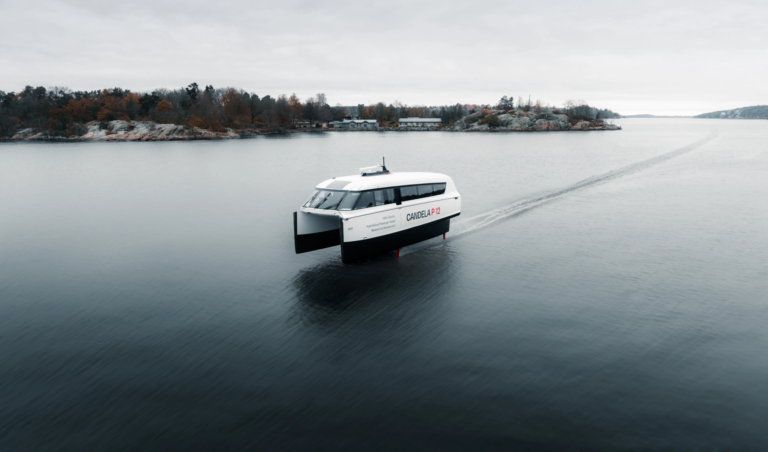 P-12
P-12 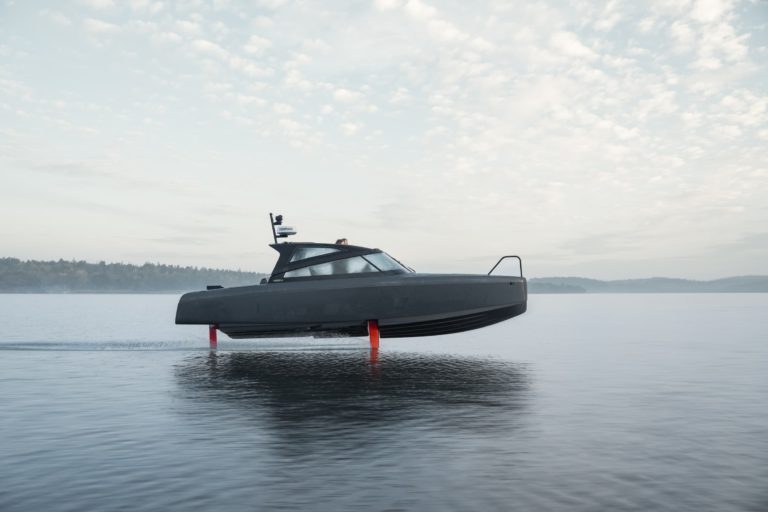
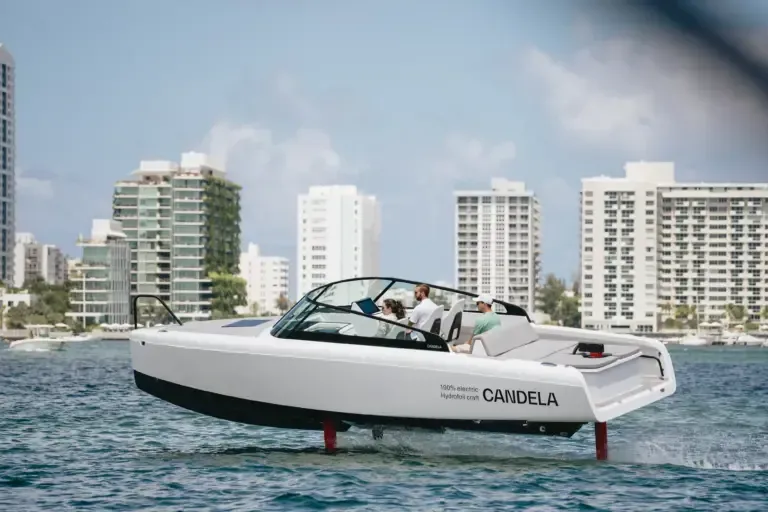 C-8
C-8 